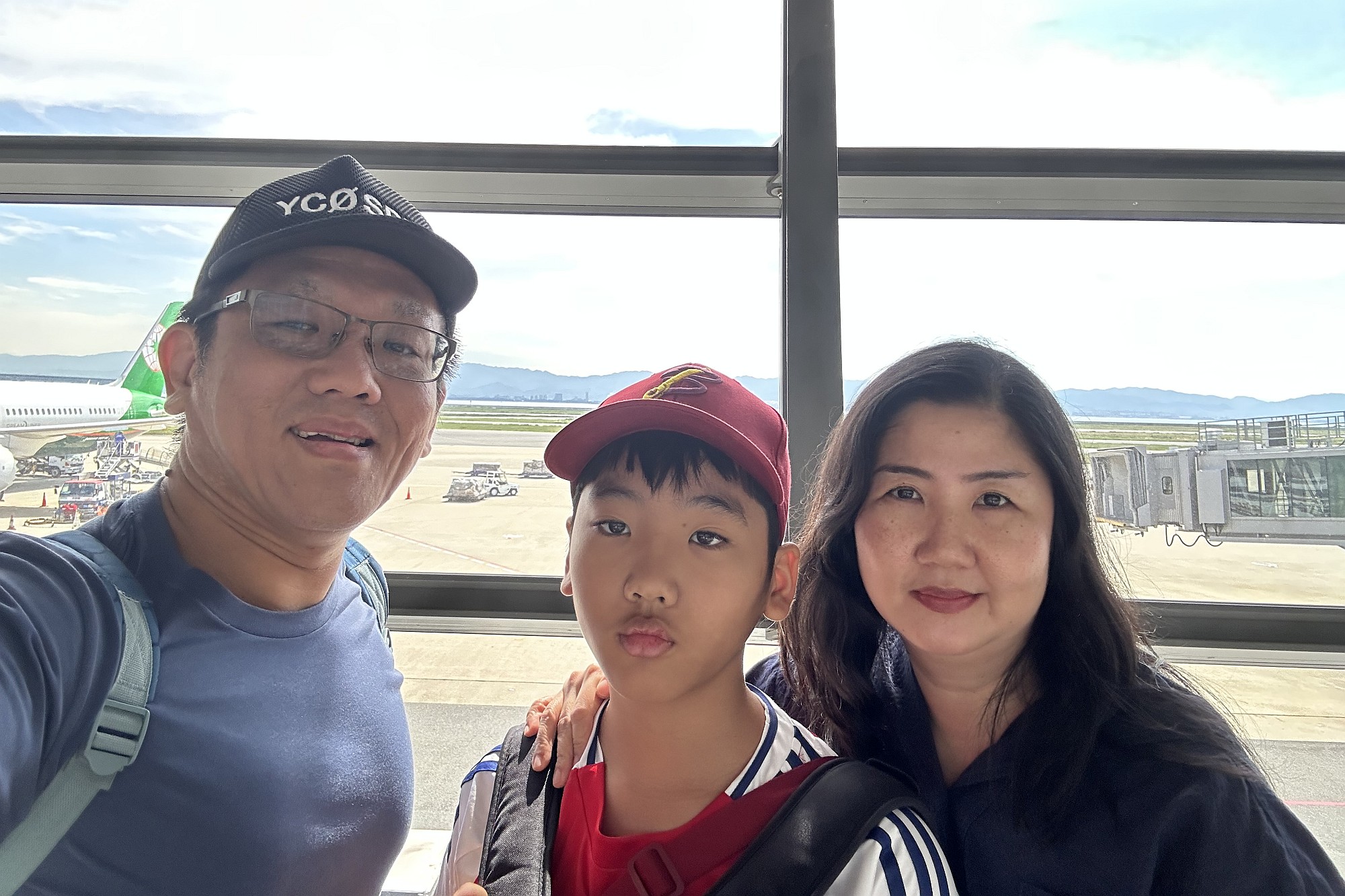Forget the airport crowds—if you thought Osaka’s Kansai Airport was busy, you hadn’t seen the real city yet. Stepping out of the train station on a Sunday afternoon, the energy of Osaka hit us like a tidal wave. After one night layover in Taiwan, the sheer volume of humanity was a staggering shock—a vibrant, almost aggressive contrast to the quiet, reserved Japan I remembered some 15 years ago. The downtown streets weren’t just crowded; they were a river of people, all flowing with purpose toward some major event we couldn’t quite grasp. The scene was loud: the clatter of shoes, the murmur of the crowd, and, adding to the immediate, frantic energy, the tinny squawk of a voice speaking through a megaphone in a distant corner—a protest, we guessed, marking our lively welcome.
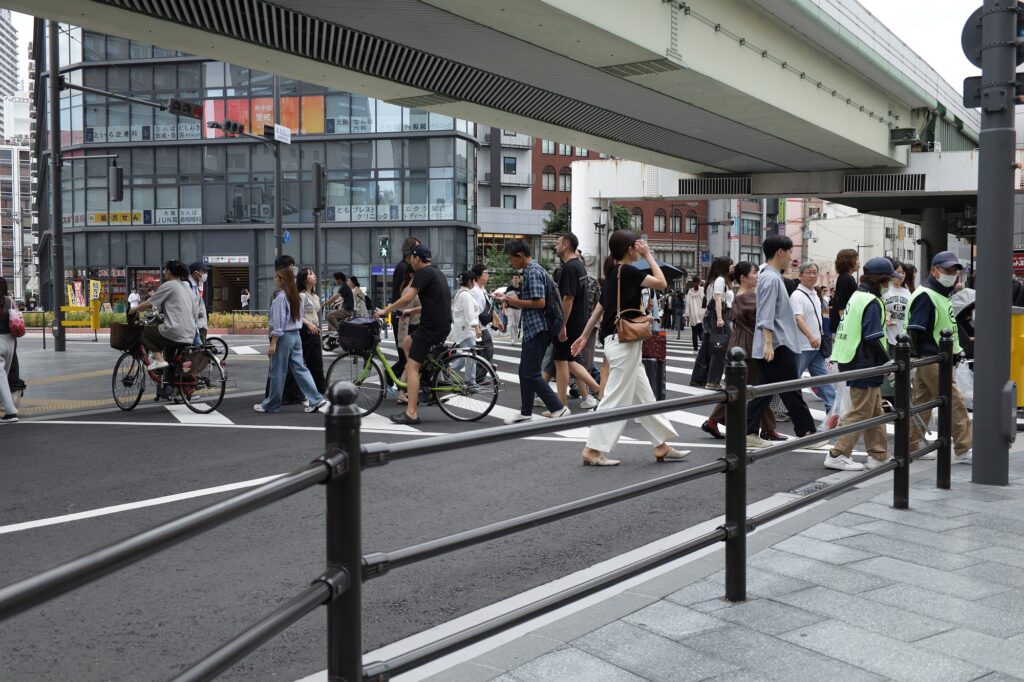
A Tale of Two Stations
Our descent into the vast, gleaming infrastructure of Osaka-Namba Station was a brief moment of relief. This facility felt less like a transit hub and more like a surgical ward—spotless, odorless, and perfectly preserved. Even the restrooms were immaculate, a testament to Japanese efficiency. But our short journey quickly brought us to our local stop, Imazato. Here, the shine wore off. The much smaller station felt tired, its tiles chipped, the air thick with the faint smell of dust and old metal. Though still clean in that particular Japanese way, the overall atmosphere felt completely worn out, a striking contrast to Namba’s sleek modernity.
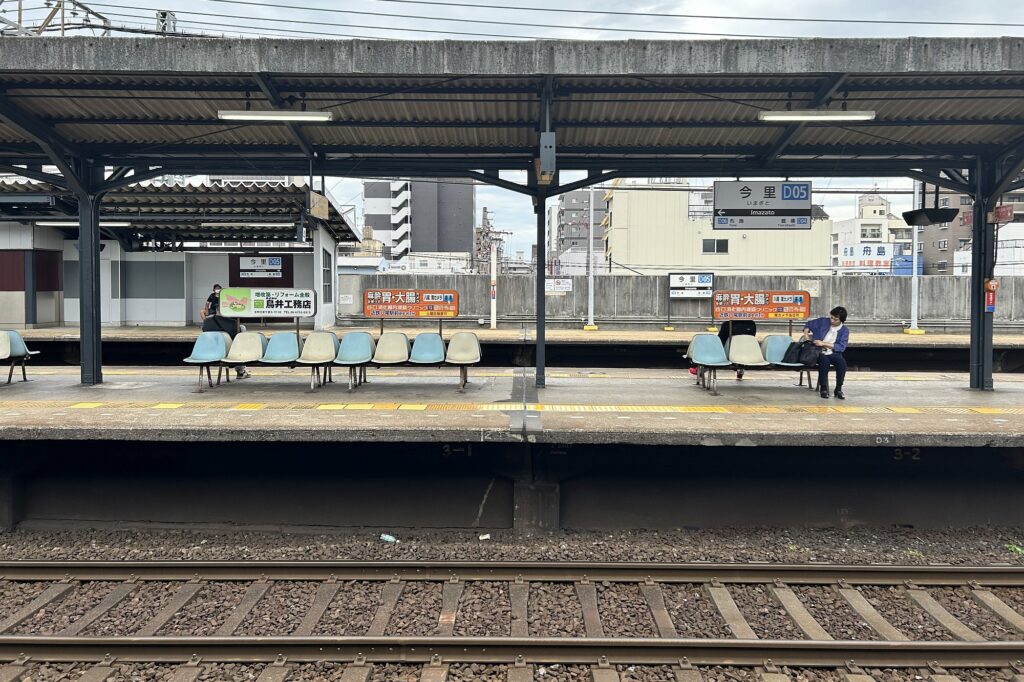
Local Discovery and a Miniature Apartment
From the tired Imazato station, it was still a good four-to-five-minute trek with our cumbersome luggage, but thankfully this is Japan, where the pedestrian walkways are universally flawless. The pavement was a welcome relief. Along the Imzato area, we started noticing a curious theme: restaurant after restaurant serving phở and bánh mì. This was a clear sign that Vietnamese culture is growing in Osaka.
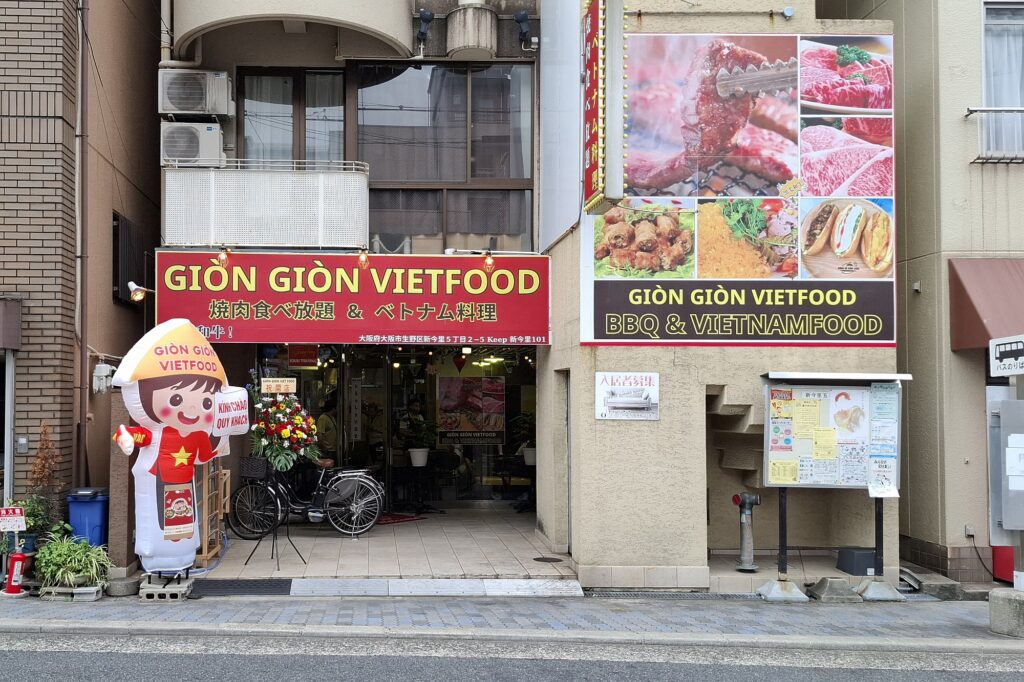
Our destination, however, was less grand. Our Airbnb felt undeniably cramped for the three of us, but we could forgive the size because it packed in complete amenities: a small kitchen with a microwave, a separate bathroom and washroom, and even a tiny bathtub. Seriously, I swear it’s going to be far more useful as a vertical storage unit than for any actual soaking.
The Retail Labyrinth of Yodobashi Camera at Umeda
But the small space should not be a big problem, since our days ahead were already packed with exploration, heading to the Osaka Expo, Kobe, and Kyoto. We didn’t waste much time. That very afternoon, we headed straight to Yodobashi Camera in the city’s massive Umeda district. Since it was Sunday, the crowds here rivaled the downtown chaos—the place was absolutely bursting with life.
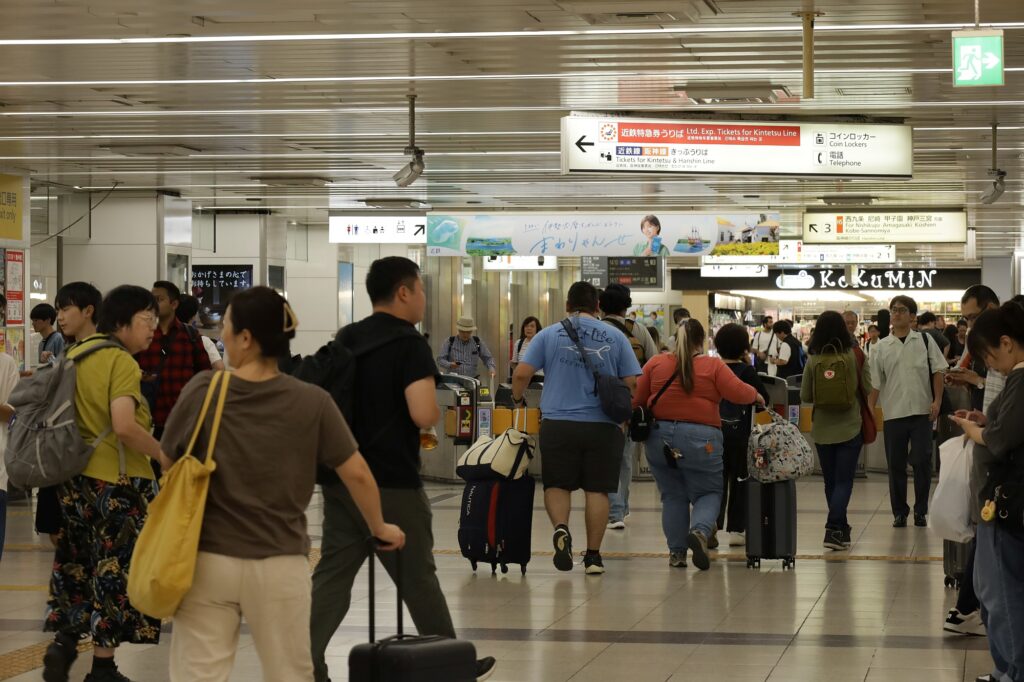
Yodobashi Camera itself is an imposing monolith of consumerism, comprised of eight floors and two basements of pure electronic temptation. One could literally find any gadget they could dream of—from cutting-edge cameras and lenses to sport watches, massive TVs, and even washing machines. Everything was there. And on the eighth floor, the sprawling restaurant selection was, unsurprisingly, just as packed as the floors below.
Closing the Day
When we finally left Yodobashi around 9 PM, each of us was laden with bags—heavy with the spoils of Umeda. After meticulously navigating the maze of Osaka’s sprawling train system, we tumbled back into our tiny apartment. With the city’s frantic, electric energy still buzzing just outside the walls, we dropped our purchases, collapsed onto our beds, and happily closed the door on our first, exhilarating Sunday in Osaka. The exploration had officially begun.
